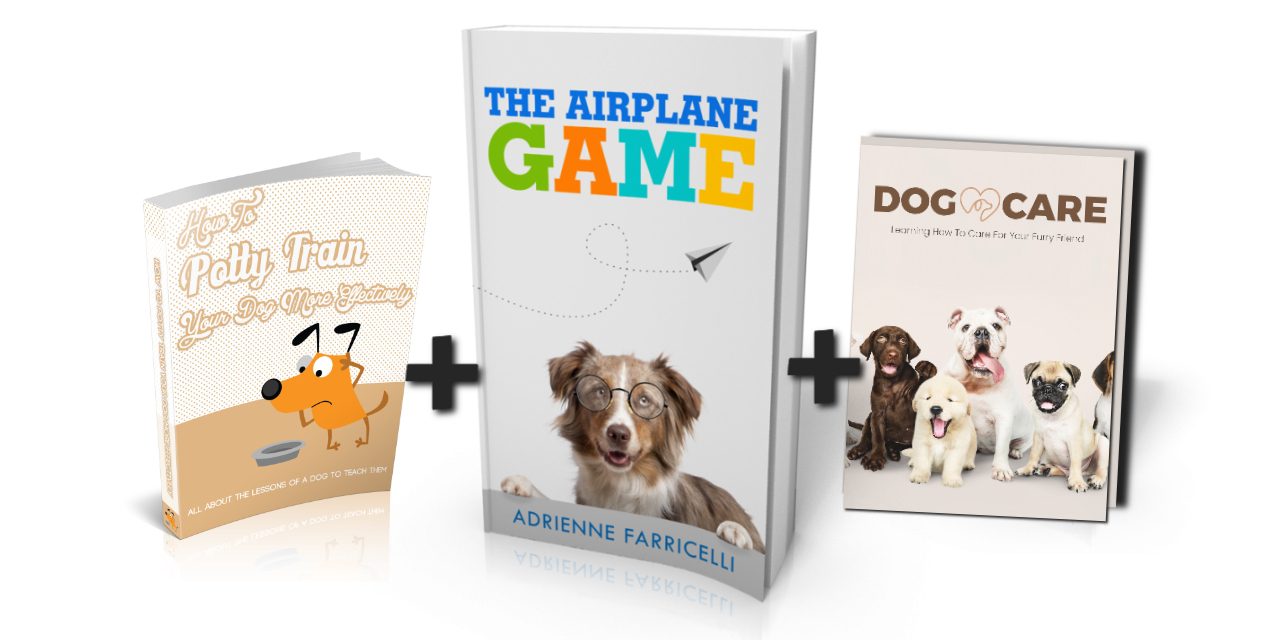Blue Heeler Facts: Top 15 Facts On The Australian Cattle Dog
Blue Heeler Facts: Top 15 Facts About The Australian Cattle Dog
Blue Heelers are medium-sized canines known for their obedience, intelligence, and superb work ethic as sheep and cattle herders.
Because of their overflowing endurance, they are great companions for owners with an active and athletic lifestyle.
To get to know these hardworking dogs, here are the Top 15 facts about Blue Heelers:
15. Blue Heelers carry several nicknames.
They received the Heeler moniker due to their glaring prey drive. They round up a herd of cattle by nipping their heels, hence the name.
Blue Heelers and Australian Cattle Dogs are widely popular names for herding dogs. But what’s the difference between the two? Well, the answer is nothing because they are one and the same dog!
They are also called the Australian Heelers, Queensland Heelers, and Halls Heelers. Since there are two variations of this breed that follow the color of their coat, the red speckled Australian cattle dogs are called Red heelers.
14. Blue Heelers are generally healthy dogs.
Blue Heelers have a life expectancy of 13-15 years. But to literally break the record, Bluey, an Australian Cattle Dog, has the Guinness World Record for the oldest dog that ever lived. Bluey spent an astounding life of 29 years and 5 months in Victoria, Australia. She joyfully spent her first two decades as a sheep and cattle herder and her last decade in retirement.
Bluey bid her goodbye on November 14, 1939, so there are limited records about her. However, it’s believed that the 2 decades of active life contributed to her life longevity. Bluey’s extraordinary life span initiated studies on the breed. Findings show that these canines live a year longer on average compared to other medium-sized dogs.
13. They are moderate shedders.
Blue heelers are moderate to heavy shedders and drop clumps of fur twice a year. Like any double-coated dog, they shed the most during the spring and fall seasons.
But what’s amazing with Blue Heelers is their water-resistant double coats. The outer coat protects them from varying environmental elements while their undercoat is denser and has a woolly feel, which gives them insulation from the harsh climate.
These canines don’t require much for grooming. Let them take baths every other week, or any time you think it’s necessary to keep them from smelling. Also, brushing them once to thrice a week would be advisable to distribute their natural oil and keep a healthy coat.
12. They are adaptable to cold climates.
As mentioned, Blue Heelers have double coats that protect them from the ever-changing seasons and harsh weather conditions.
Due to their dense undercoat, their fur aids in insulation and water resistance that protects them from rain and the freezing winter air.
They would enjoy an ideal outdoor temperature of 50 to 70 °F. But letting them outdoors at any temperature below 40 °F must be taken with extra precaution.
11 Blue Heelers are dynamic companions for outdoor adventures.
While they work great in the cold, these energetic dogs work best in herding sheep and cattle under the summer heat. In fact, they are bred to withstand such hot temperatures.
If you live an active and athletic lifestyle, then their adaptability to both hot and cold weather makes them great company. Extensive runs and mountain hikes? Rest assured, they have high endurance to withstand high-intensity activities and will enjoy the outdoor life!
10 In 1908, the AKC registered Blue Heelers as a legitimate dog breed.
Blue Heelers are first registered as a pure breed by the American Kennel Club in 1908. These helpful and resilient dogs settled under the list of working dogs. But due to their undeniable contribution to the livestock industry, the AKC listed them from working dogs to herding dogs in 1883.
9 Blue heeler pups are born white.
Don’t be surprised if your newborn Blue or Red Heelers come out with white fur. Just like Dalmatian puppies who are born spotless, the same gene contributes to why Blue Heelers’ distinctive patterns only appear at a later time.
Their body is covered in white except for masks and marks around their eyes and ears. Their colors naturally show up at 3 weeks old. But by the 6th-week mark, more markings and speckles eventually become visible.
8 Blue Heelers are loyal and protective velcro dogs.
Want to have a loyal and protective shadow dog? Blue Heelers would be best at that.
They are devoted to their owners. Without exaggeration, they look out for you all the time – quite excessively, to be honest. You may find your Blue Heeler following you around the house and are clingy dogs.
But while they love to receive affection, Blue Heelers are alert and cautious dogs who stand their ground against any sign of aggression. They are not big barkers, but they will surely protect you once the situation calls for it. Such quick response makes them reputable guard dogs.
7 Blue Heelers may not be the best option if you have little kids in the house.
Yes, Blue Heelers work great as family dogs, especially when you have older kids. But if you currently have toddlers, then you must think twice about getting these independent-minded canines.
Little kids may accidentally squeeze or shriek at dogs. Unfortunately, a provoked Blue Heeler can turn aggressive, especially when they are physically hurt. Since Blue Heelers are instinctive on nipping disobedient cattle, then it would not be a good idea to leave your kids and randomly bother these pooches.
6 The breed’s coat has two variations – the blue speckle and the red speckle Heeler.
The Australian Cattle Dogs come as either blue speckled or red speckled Heelers. Blue Heelers usually have a mix of gray and blue, with tan markings on the legs, head, chest, and throat.
On the other hand, Red Heelers have a deep red, light red, or brown speckles. They usually are distinguishable with a white marking on the forehead and red masks on either both or one side of their eyes.
5 Blindness is a common disease for Blue Heelers.
Blue Heelers are generally healthy dogs. But just like other dogs, they are susceptible to certain diseases. An eye disease called progressive retinal atrophy is common for Blue Heelers.
While it’s not painful, unfortunately, retinal deterioration remains incurable. It causes night blindness among Blue Heelers and has tendencies to develop into completely impaired vision. For Blue Heelers with a bad gene, this condition can progress as early as 3-year-olds.
4 Blue Heelers just love to chase.
If there’s one thing that frustrates Blue Heeler owners, it’s that these pooches love to chase little animals, cars, and motorcycles. They usually hunt down cats and squirrels who wander around their space. That said, without proper social training, Blue Heelers may not be suitable to live with other animals.
Another thing they love to do is to chase cars and motorcycles. They don’t necessarily feel threatened by it, but their natural herding instincts lead them to passionately run around and “herd” passing automobiles.
3 Blue Heelers need a strong leader.
Blue Heelers are independent-minded dogs. With their bravery, instincts, and feisty prey drive, this canine needs an unyielding and reliable leader.
With proper training, they can be the most obedient companions who are focused and committed to their given work.
Just like most dogs, Blue Heelers perform better with positive reinforcement-based training. Physical punishments on this breed may not result in a good turn because they respond with aggression when physically hurt or threatened.
Brain training for dogs is a great online dog training program that’s highly respected for its positive results in helping average dog owners train the obedient dog of their dreams. paying thousands of dollars for dog training is no longer required to check out the online dog training course below in the description.
2 Blue Heeler is a competitive breed for canine competitions.
In a 1994 book named, “The Intelligence of Dogs,” Stanley Coren, a canine psychology professor, writes about how Blue Heelers rank 10th in intelligence among the wide number of dog breeds. It has a 95% obedience rate for first commands and can learn new tricks with 5 repetitions or even less.
This makes Blue Heelers competitive in dog sports. With agility, intelligence, tracking skills, and endurance for rallies and high-intensity games, Blue Heelers would never disappoint in these competitions.
Also, the first season winner of Animal Planet’s Pet Star competition is a Blue Heeler named Skidboot. He carried the title as the “smartest dog in the world” for his breadth of tricks such as taking out trash and rodeo performances. Their team won $25,000 and Skidboot had several appearances on famous TV shows such as The Oprah Winfrey Show.
1 They are bred for functionality and not appearance.
Pet owners love Blue Heelers for their adorable, affectionate, and energetic behavior. However, the initial purpose for breeding these pups is not for appearance, but functionality.
Blue Heelers are highly operative dogs.
The history of breeding Cattle dogs began way back in the 1800s when Anglo-Australians settled in the expansive lands of western inland in Australia. They put up cattle ranches as the principal business of the area that required the service of herding dogs.
Smithfield dogs may have been great for herding cattle back then, but due to their vulnerability to heat stress and rough terrain, it can be both troublesome for the canines and ranchers. In search of a solution, Smithfields were crossbred with one of the purest dog breeds, the Australian Dingoes.
The Blue Heeler breed also has genes of Highland Collies and Dalmatians. The incredible mix contributed to the endurance, durability, and intelligence of undeniably courageous Blue Heeler.
Any dog can be friendly when properly trained and If you’re looking for professional dog training but are on a budget or just feel more comfortable training your dog at home Click HERE









2 Responses to Blue Heeler Facts: Top 15 Facts On The Australian Cattle Dog